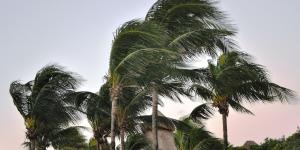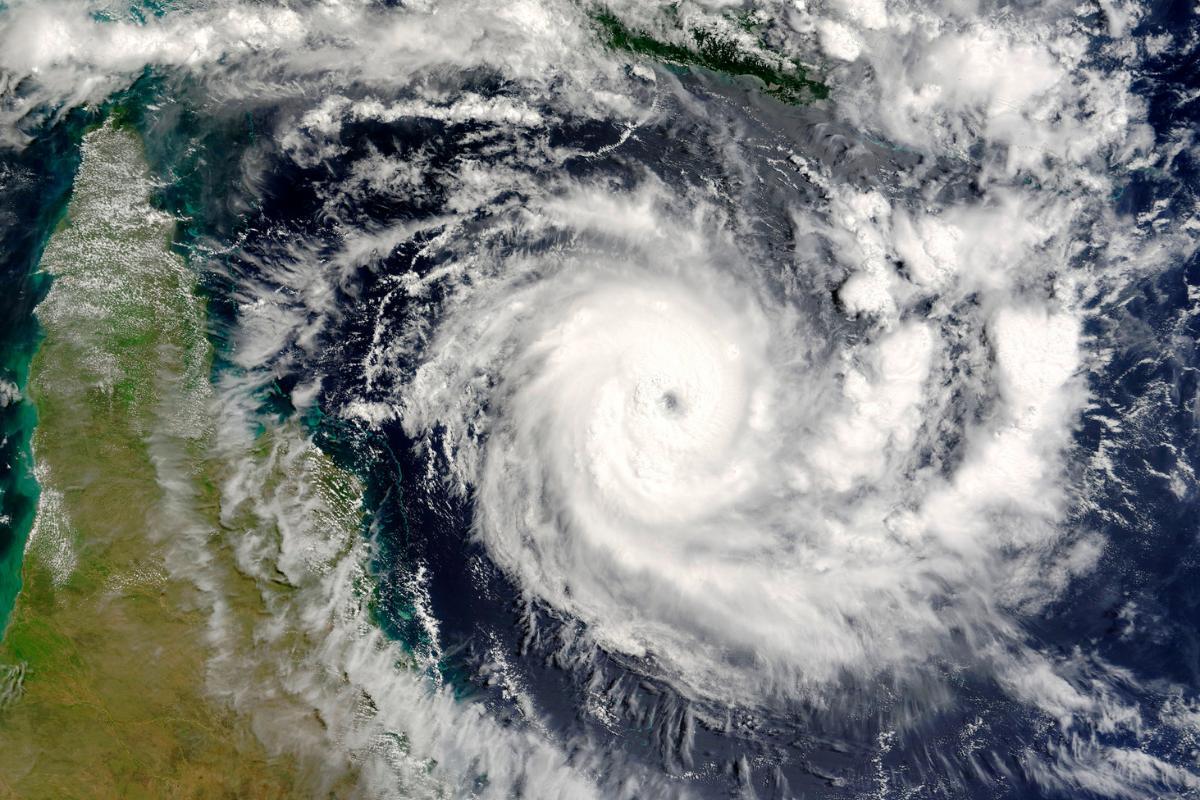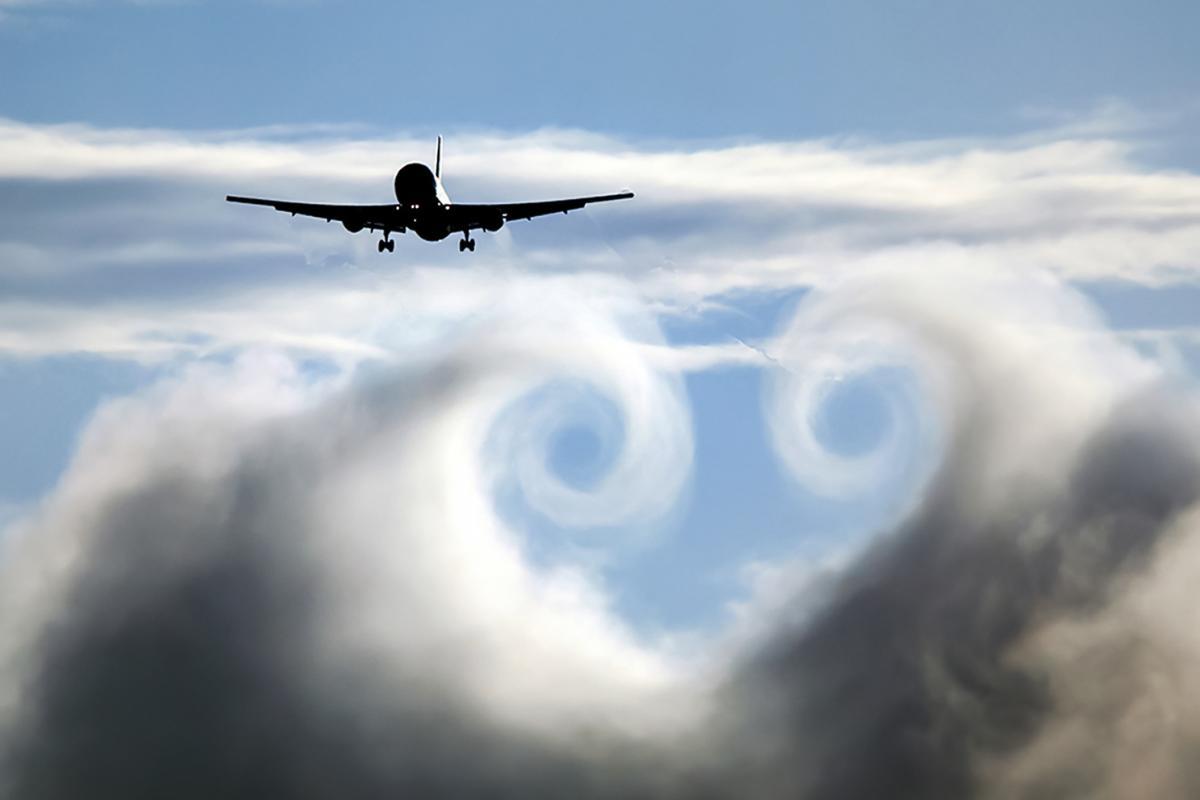What Is Wind Shear and Its Effects?


A wind shear is a strong change in wind direction or intensity that occurs over short distances. In nature, this phenomenon is usually generated by the development of storms, jet streams, trade winds and/or sea or mountain breezes. Physical obstacles from natural or even manmade sources can also result in wind shears, a phenomenon which is particularly problematic in aviation.
To learn more about this meteorological phenomenon, thedailyECO asks what is wind shear and its effects? We look at how wind shears are formed and what problems they can cause to the environment and to human life.
What is wind shear?
Wind shear or windshear is a strong atmospheric change in the direction or speed intensity of wind over a short distance. This phenomenon occurs when adjacent air layers have a notable difference between their respective velocities.
Wind shear can manifest itself horizontally (HWS) or vertically (VWS). the latter is especially dangerous in aviation. This is because it often results in a change in the altitude of the aircraft in relation to the terrain. Inside the aircraft, this can cause turbulence, but it can also violently set it off course. Although it can occur at all levels of the atmosphere, it is particularly risky for aviation below 2,000 feet.
As we have stated, wind shear is the cause of turbulence. This is the sudden changes in the components of the wind that cause eddies and erratic movements. Although shear can occur without turbulence in aircraft being present, the opposite is never true.

Why does wind shear occur?
There are several factors required for the development of wind shear. They include the following:
- Storm development: the formation of vertically developing clouds such as cumulonimbus gives rise to intense storms. The marked temperature differences within these storms cause sudden and strong gusts of wind. Learn more about how cumulonimbus clouds form with our related guide.
- Jet streams: strong, narrow air currents concentrated along a horizontal axis in the upper troposphere or stratosphere. They are characterized by strong vertical and horizontal wind shear.
- Trade winds and sea or mountain breezes: sea breezes change direction between day and night due to temperature differences. Mountain breezes vary with the day and night cycles of warming and cooling of slopes. They can generate wind shear near coasts and mountainous areas, respectively. Trade winds are constant in their direction, but susceptible to interactions with other meteorological systems. They can produce wind shear when encountering air masses of different temperatures, affecting atmospheric stability in tropical and subtropical regions.
- Physical obstacles such as mountains and buildings: when wind moves over or around obstacles such as mountains, buildings or other structures, abrupt changes in its speed and direction can occur.
- Low-altitude jets: jet streams that occur at low altitude can produce high-speed winds several kilometers above the ground.
Windshear is an atmospheric meteorological phenomenon. Discover more about Earth's atmosphere where windshear occurs in our article on what is the troposphere?

How does wind shear affect weather patterns?
Wind shear can have significant impacts on the environment, with a particular influence on weather patterns. These weather patterns have significant repercussions on the environment, but they can also affect human infrastructure. In a positive way, it can help with producing energy in wind power generation, but it can also have very negative consequences. Some of the most important effects of wind shear are related to the following:
- Aviation: wind shear is especially dangerous for aviation as it can cause severe turbulence of aircraft. This can affect the stability of aircraft, especially complicating takeoff and landing maneuvers. Sudden changes in wind direction and speed can lead to unexpected altitude losses, increasing the risk of accidents. Pilots must be trained to recognize and handle these types of situations to ensure flight safety. In recent years, measurement methods have been implemented for this phenomenon, such as the LLWAS system which is designed with the objective of detecting microbursts close to the runway and low-altitude shears. If the crew can visually identify the presence of vertically developing clouds or if they are informed by weather reports, they must remain on alert and avoid maneuvering until the phenomenon ends. If they decide to continue with the flight or are faced with wind shear, they must prepare for the recovery phase which consists of returning to a flight condition after suffering a disturbance.
- Meteorological phenomena: in meteorology, wind shear plays a crucial role in the formation and development of severe weather phenomena. For example, differences in wind speed and direction at different levels of the atmosphere can produce rotation in updrafts of air, facilitating the formation of tornadoes and storms. In addition, it can produce changes in the intensity of hurricanes and tropical cyclones, whether increasing or decreasing them.
- Wind energy production: wind shear can affect the efficiency of wind turbines, causing mechanical stress on their mechanical structures and reducing their useful life or efficiency.
- Construction and architecture: wind shear can influence the design and construction of buildings and other tall structures. Engineers must consider their effects to ensure the stability and safety of structures, especially in areas prone to strong and changing winds.
Windshear is only one of the many atmospheric phenomena associated with wind. To learn about another very important wind effect, take a look at our article on what is the Foehn effect?
If you want to read similar articles to What Is Wind Shear and Its Effects?, we recommend you visit our Meteorological phenomena category.
- Cáceres León, R. H. (2017). Meteorology applied to the safety of air operations.
- González López, B. (2014). Introduction to shear and turbulence phenomena.
- Pons Reynés, M. R., et al. (2019). Characterization of shear at Bilbao airport and evaluation of the LLWAS system.







